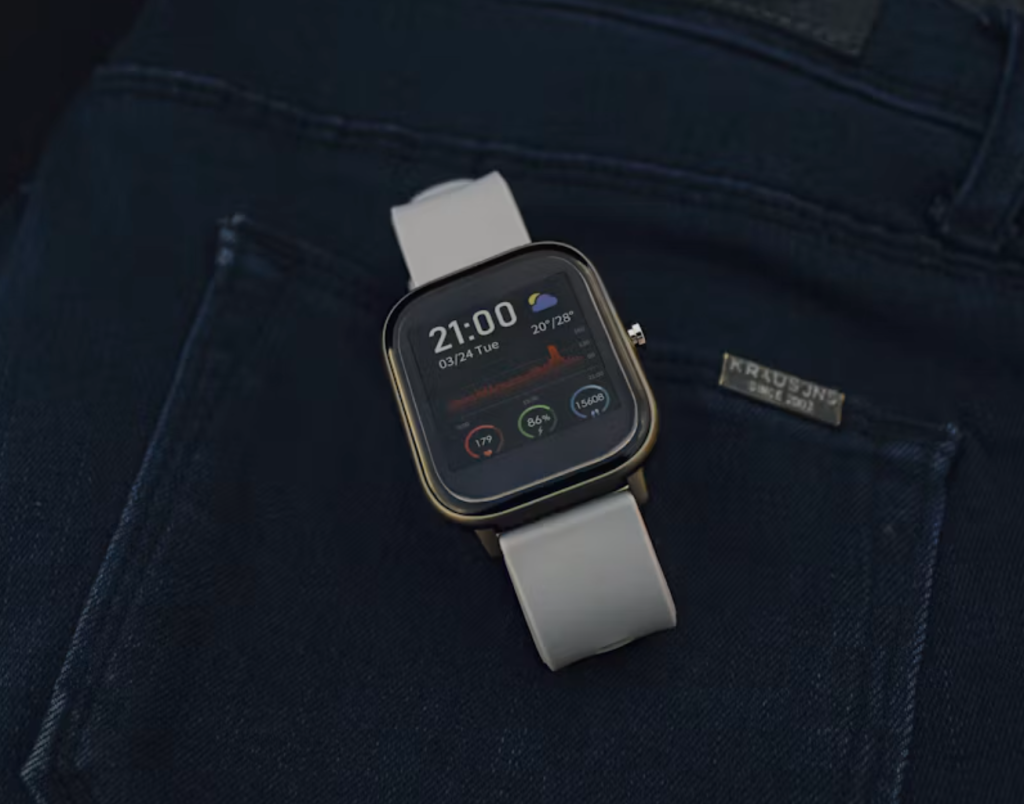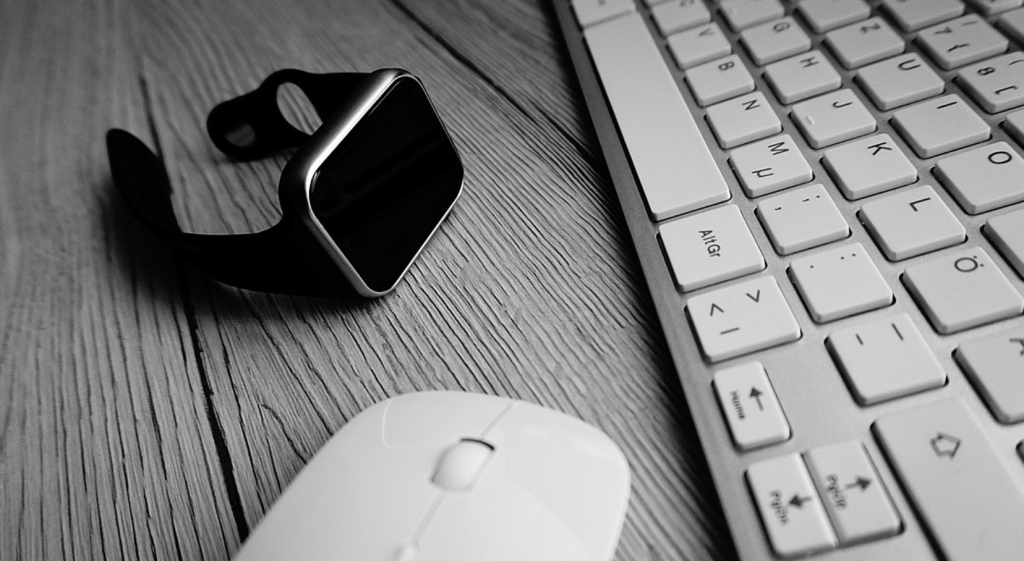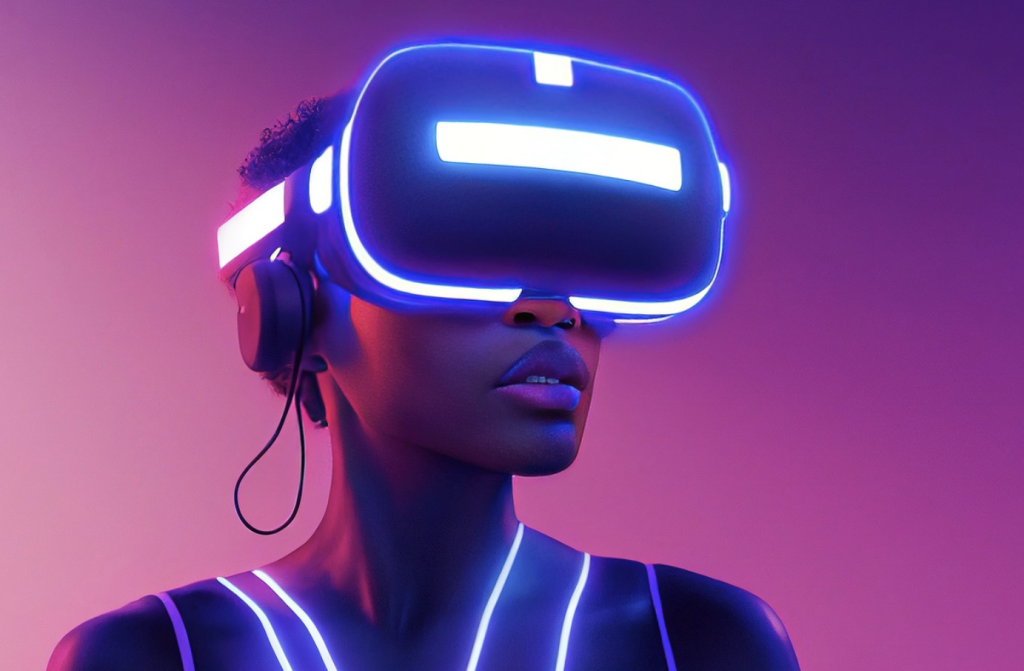Introduction
Tech products are often hyped up in the market with bold promises of game-changing features, but sometimes, these products fail to live up to expectations. It’s easy to get swept up in the buzz and marketing campaigns, especially when influencers and tech enthusiasts rave about the latest gadgets. But when the dust settles, we often realize that some of these so-called “innovative” products are more style than substance. In this article, we’ll explore the three most overrated tech products of 2024, critically examining their flaws and why they didn’t live up to the hype.
What Makes a Tech Product Overrated?
Before diving into the specifics, it’s important to understand what we mean by “overrated.” A tech product is considered overrated when the hype around it exceeds its actual value or utility. This can happen when the marketing oversells the product’s features, or when consumers place too much trust in trend-driven hype rather than practical performance. Key factors that contribute to a product being overrated include a high price tag, minimal innovation, and underwhelming real-world performance.
Criteria for Selecting Overrated Products
When evaluating which products deserve the “overrated” label, there are a few critical criteria to consider:
- Price vs. performance: Is the product’s performance worth its steep price tag? Many times, tech companies charge a premium for features that are either unnecessary or don’t perform as promised.
- Market trends and user reviews: Trends often shape consumer purchasing behavior, and user feedback is key in revealing whether a product is truly worth the investment.
- Innovation and originality: Does the product offer something new, or is it just a rehash of previous versions with minor updates? Innovation is what separates truly great products from the overrated ones.
The Rise of Tech Hype and Marketing Influence
Marketing plays a huge role in shaping our perceptions of tech products. Companies know how to create a buzz by leveraging influencers, advertisements, and social media hype. While these strategies are effective in generating sales, they often amplify unrealistic expectations, leading consumers to believe that the product is something it’s not. The result? Disappointed buyers who realize the product doesn’t live up to the promise.
Product #1: The 2024 Smartwatch Revolution
Smartwatches have been a hot topic for several years now, and 2024 was supposed to be the year when everything changed. With promises of advanced health tracking, superior battery life, and sleek new designs, these devices were marketed as a must-have for fitness enthusiasts and tech-savvy users alike. However, the reality has been far less exciting.
- Features that fail to meet expectations: While these smartwatches come packed with features like blood pressure monitoring and stress tracking, many users have reported that the accuracy of these sensors is questionable at best. Additionally, the battery life still hasn’t improved enough to justify the hefty price tag.
- Real-world performance issues: Users have found that the smartwatch struggles with syncing data properly, and many apps crash unexpectedly. For a product designed to seamlessly integrate with your daily life, this lack of stability is a major letdown.
- Why it’s overrated: Despite all the advanced features on paper, the 2024 smartwatch doesn’t provide enough value for the price. It’s a tech gadget with marginal improvements over its predecessors, yet it’s sold as a groundbreaking device.
Comparative Analysis: The Smartwatch vs. Its Competitors
When compared to previous models or budget alternatives, the 2024 smartwatch doesn’t significantly outperform its competition. For instance, cheaper options from brands like Garmin or Fitbit provide similar functionality, often with better battery life and more accurate sensors. The “next big thing” in the smartwatch market isn’t quite as revolutionary as it claims to be.
Product #2: The Latest Flagship Smartphone
Every year, tech companies unveil their latest flagship smartphones with bigger screens, better cameras, and faster processors. But in 2024, these new smartphones are increasingly starting to feel like minor upgrades rather than groundbreaking innovations.
- Key features of the 2024 flagship phones: Flagship models in 2024 come with powerful processors, higher resolution cameras, and larger batteries, but the differences between this year’s model and last year’s are negligible. The high price tag, however, remains unchanged.
- Design flaws and lack of innovation: The new smartphones are essentially iterations of the same design—bigger screens and slightly thinner bezels. The camera improvements, while notable, aren’t transformative. Consumers are left wondering if this “new” phone is really worth upgrading to.
- Why consumers are disappointed: Many users feel that the hype surrounding flagship smartphones is disproportionate to the actual improvements. At the end of the day, the core functionality of these phones hasn’t changed significantly enough to justify their high cost.
The Smartphone Hype: Is Bigger Always Better?
One of the most persistent trends in flagship smartphones is the push for larger screens and bigger batteries. But is this really what consumers want? Many people find these large devices cumbersome to use, and bigger doesn’t always translate to better performance. More often than not, consumers are paying for a slight increase in features that doesn’t enhance the user experience as much as promised.

Product #3: Augmented Reality Glasses
AR glasses have been touted as the next big thing in tech for years, with companies promising a future where virtual information seamlessly blends with the real world. But in 2024, the reality of AR glasses is still far from what was promised.
- What makes AR glasses one of the most anticipated products: The idea behind AR glasses is revolutionary—they can provide real-time information, navigation, and even entertainment while keeping your hands free. But the technology is still very much in its infancy.
- Technical limitations and usability issues: Current AR glasses are bulky, uncomfortable, and have limited functionality. The field of view is often restricted, and battery life is abysmal. Moreover, the technology is still too niche to be truly useful for the average consumer.
- The disconnect between promise and reality: While the concept of AR glasses is exciting, the product itself doesn’t live up to expectations. Many early adopters have found them underwhelming and impractical for everyday use.
The Potential of AR Glasses: Reality vs. Hype
The potential for AR technology is immense, but current AR glasses are far from being the game-changer many had hoped for. Until the technology matures and becomes more practical, these products will remain highly overrated, despite their futuristic appeal.
Conclusion
In 2024, the tech world has been filled with promises of revolutionary new products. However, many of these products, including the latest smartwatches, flagship smartphones, and AR glasses, have failed to live up to the hype. While they may offer some minor improvements over their predecessors, they don’t provide the kind of transformative experience that consumers were led to expect. As tech enthusiasts, it’s important to approach these products with a critical eye and be mindful of marketing hype.

Frequently Asked Questions (FAQs)
- What makes a tech product overrated? An overrated tech product is one that doesn’t deliver on the promises made by its marketing or hype, often underperforming in terms of value, functionality, or innovation.
- Are tech products always overpriced? Not all tech products are overpriced, but many flagship models come with premium prices that don’t always match their incremental improvements over previous versions.
- What factors should I consider before buying a tech product? Before buying, consider the product’s performance, value for money, real-world usability, and whether it offers any truly innovative features.
- Can tech hype lead to buyer’s regret? Yes, excessive hype can sometimes cloud judgment, leading to purchases based on excitement rather than practicality, which can result in buyer’s regret.
- How do I avoid falling for marketing gimmicks in tech products? Research thoroughly, read user reviews, and compare different products. Be wary of too-good-to-be-true promises and focus on what the product can realistically deliver.


Leave a Reply